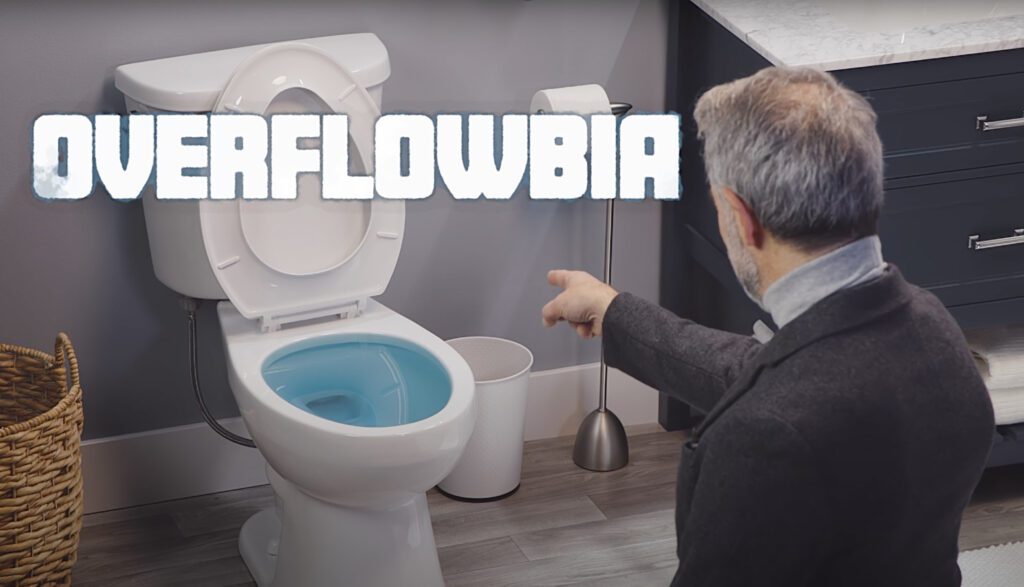Ever wondered what’s a stronger social media advertising strategy tool – Facebook’s Ad Manager or the “Boost Post” button? Read on!
If you manage a business social media account on Facebook or Instagram, you’ve seen a tempting button next to each of your posts. You know the one – blue, sticks out like a sore thumb, and practically screams “BOOST ME!” Facebook has made it so simple for businesses to take a toe-dip into the pool of social advertising and cut the line of their algorithm.
Boosting is a no brainer, right? Between the “Boost Post” button and a notification at the top of your page that says how many thousands more people out there are just begging to see your post (if you’ll just give it a boost), brand recognition is just a few clicks away! Or so it seems…
(Spoiler alert: our experience shows there’s a better way to maximize your social media ad dollars.)
To be clear, Facebook is not lying to you. The platform’s on-feed boost uses the same engine as the full Facebook Ads Manager and has the potential to get your post in front of the right people. The difference is a question of control.
So what is Facebook boosting, really? And who is this social media advertising strategy for?
Boosting a post off your Facebook or Instagram feed is social advertising with training wheels.
Boosting is very user-friendly and intuitive. And it does enable you to get more likes, comments, or views than you would be able to through organic reach alone. But that comes at a reduction of capabilities and, ultimately, results potential.
To make the boosting process extra simple, Facebook uses its AI to gently nudge you through some of the more important parts of designing a social media advertising strategy – including specifics like who you’re targeting, what your objective is, and what budget to use. It guides you through a limited set of choices that are only presented to you based on what Facebook thinks you want to do with your content.
That’s why boosting may lead to a behind-the-scenes encounter like this:
- Posting a video? Well, you must want more video views!
- What do you mean you want to click through to your website and purchase?
- No, you want more video views…Trust me – I’m going to serve your post to people who like to watch videos!
This limitation of boosting choices presented often stands directly in the path of accomplishing your larger marketing goals. Why is that? Facebook is a business, and the boost button only offers targeting options that are geared towards its most popular and easy-to-serve objectives.
Think of the on-feed boost as the McDonalds value menu. Sure, burgers are technically available on that menu, but the Big Mac is on the full menu for a reason.
How do create a Big Mac-level social ad?
That social media ad strategy question is perfect for Dave Alvarez, Digital Strategist here at The S3 Agency.
Question: If boosting isn’t the solution, what DOES make a good social media ad strategy?
DA: A good social media advertising strategy boils down to an objective-based approach. Your ad objective should closely align with your marketing goal. Ask yourself: what do I want these social users to do? Click a link to learn more about our brand? Buy a product? RSVP?
Facebook knows a lot about us, including how we use the platform. Being very clear and direct with your objective will allow Facebook to use that behavioral data to serve your content to users who are more likely to complete that goal. Susan likes to comment. Bill watches videos all the way through. Trayvon is a serious online shopper. You need to decide who would be best to see your ad. Who is most likely to provide your desired engagement?
You also need to be realistic about your target audience. If your business sells decorative pottery at a high price point but your social ad’s target audience is college students without a disposable income, there’s obviously a disconnect. The more specific you can be about audience, the better. Plus, that’ll help you reach a better “lookalike audience” in future ads.
Question: What do you mean by “lookalike audience”?
DA: “Lookalike audiences” are the real power of social advertising. When people interact with a social media ad through trackable behaviors – comments, reactions, video views, clicks, purchases – that data can then be used to determine what kind of person does the most of the behavior you want to achieve through your ad.
That information is powerful. Once you have it, you can ask Facebook to multiply that audience out to find more people that look like that – behaviorally, demographically, stage in life, etc. This makes your ad go from targeting “college students” to something as specific as “people that look an act like Greg in Molecular Bio”, which will take your strategy to the next level.
Question: What about social media ad spend? How do you determine a campaign budget?
DA: Start off by researching the average social ad benchmarks for what you want to achieve. Every objective has a benchmark spend per industry that can be used as a starting point to get you in the ballpark of what a healthy campaign budget would be.
For example, if you’re looking to get people to click to your website, look into your industry’s average for the cost per click and do the math to see how much it would likely cost to achieve your goal for a specific ad.
Keep this in mind: these social media advertising benchmarks are averages, and there are many factors that can make your campaign more or less successful.
Question: Factors like creative?
DA: Exactly! Your ad’s creative should always be tailored to the audience you’re targeting, otherwise they won’t connect with it – which means you’ll be wasting money even if you’ve done everything else right.
If you are looking to reach multiple audiences, consider how your creative would be perceived across the board and tweak accordingly. Engaging creative can be the difference between meeting or exceeding your benchmark – or missing it entirely.
Nothing ever went viral that was “just ok”…
Question: So… is there a secret formula to a successful social media ad campaign that will work for anyone?
DA: Yeah–hard work and hard questions!
There is no silver bullet, but the more you plan, measure, and tailor your campaign to your objective and audience, the more success you can expect to have. You’ll also be able to better reproduce that success over time.
Each time you finish an ad campaign, take a moment to ask yourself some important questions. Questions like: “What did I learn from this about my audience / creative choices / ad spend / etc.?” Dig into the data and make adjustments along the way until you find a sweet spot that works for you and your goals. And once you find that sweet spot, keep tweaking. Things are always changing – things like consumer behaviors, competitive offerings, social media algorithms… A strong social media advertising strategy combines learning from the past and trying new things.
Thanks Dave!
When it comes to improving your social media advertising strategy, there is a lot to consider – and definitely more than just clicking a little blue button. Embracing these best practices can give your brand the social media results it deserves!
Need help with your social media? S3 is here to help you reach your marketing goals faster than you can say “Boost Post”!




